Author’s Note: Although we hope to give you a good overview of backpacking in Kashgar, Xinjiang in the article below, we also recommend the Kashgar City Guide for more in-depth coverage of what to do and where to stay here.
When thinking about the Silk Road and China’s far western Xinjiang region, the picture that pops into most people’s minds is Kashgar, an old outpost sandwiched between the massive Taklamakan Desert and the towering Pamir Mountains. Merchants and explorers have been passing through this city for centuries and it’s one of the most popular places for backpackers to visit while in China’s west.
Things to Do in Kashgar
There are a number of places of interest in and around the city of Kashgar as well as a few places nearby that are worth a visit. Whether you’re interested in the Uyghur culture or the history of the Silk Road, you’ll find plenty to keep you occupied for days or even a couple weeks.
Here are just a few of the places in the town that you should visit:
Id Kah Mosque (艾提尕尔清真寺): The true heart of Kashgar is not the people’s square in the center of town (with a massive statue of Mao Zedong), but rather around the yellow-tiled brick of the Id Kah Mosque. It’s considered China’s largest mosque by land area and is packed during Muslim Festivals. It costs 20 RMB to go inside but it’s absolutely free to view and take pictures from the outside (which is really all you need).
Kashgar Old City (喀什老城): The old alleyways of Kashgar’s past are slowly disappearing, but it’s still possible to walk through a bit of history in Kashgar, getting lost in the maze of mud-brick homes and dirt streets. Entrance is free.
Apak Khoja Maosoleum (阿爸和加麻扎): About 5 kilometers outside of town, the Apak Khoja Mausoleum is a collection of buildings and mosques that was built back in 1640. The story of the Fragrant Concubine is housed here and the graves surrounding the place are incredible to see. Entrance to the complex is only 30 RMB per person.
Kashgar Market (喀什大巴扎): Although open throughout the week, the Kashgar Market is alive with people and animals, wonderful sounds and smells on Sunday. For almost 2,000 years, this has been the site of major trade and a gathering point in the entire Kashgar region. Some of what they sell caters to the tourist market but it’s still fun to buy some food and walk around, particularly if you’re there on a Sunday.
Things to do Around Kashgar
There are a number of great things to see outside the city as well. One of my favorites that you’ll see below was cycling down the unbelievably gorgeous Karakoram Highway, a tour that was organized through the Altus Expeditions Xinjiang adventure tours.
Here are a few things to do outside of Kashgar:
Karakoram Highway: The Karakoram Highway, a highway which leads from Kasghar up the Pamir Mountains to the Pakistan border, is one of the most beautiful drives in all of China. Better yet, you can bike it like I did, which was an amazing experience!
Shipton’s Arch (天门): Named after English mountaineer Eric Shipton, who first discovered this place in 1947, this is the tallest natural arch in the world. The Empire State Building could fit under there! Don’t let the photos fool you – it’s a sight to behold, not to mention a fun hike.
Taklamakan Desert (塔克拉玛干沙漠): Not far from Kashgar to the east is the massive Taklamakan Desert, a place that looks like a giant black hole in Xinjiang’s south if you look on a map. You can head to the Dawaku Lake Desert Park for a chance to ride a camel through the rolling sand dunes. It’s even possible to arrange for an overnight camping trip.
Transportation in Kashgar
Like everywhere else in China, buses in Kashgar cost a mere 1 RMB per ride and can take you pretty much anywhere you need to go within the city. Taxis drop their flag at 5 RMB and can get you to most place in the city within 10 minutes.
One thing you’ll notice in Kashgar is the high volume of scooters that are zooming through the streets and along the sidewalks. It’s extremely difficult to rent one of these scooters, although it’s possible. Your best bet is to rent a bike at a nearby hostel (see options below).
Walking around the (new) Old City is fun to do, although it might be better to do so in the early morning and evening times when the weather isn’t quite as warm.
Where to Stay in Kashgar
Thankfully, there are a number of great hostels that cater to backpackers around Kashgar including the Kashgar Pamir Hostel and the Old Town Youth Hostel, both near the Id Kah Mosque and both highly recommended. If you’re looking for a hostel on the other side of town you can consider the Camel Hostel or Kashgar Maitian Hostel.
Of course, if you’re looking for a bit more comfort, there are plenty of good hotels that cater to the tourist – hotels which believe it or not aren’t that expensive. Two of the most popular are the Qinibagh and the Seman hotels.
Are you planning a trip to Kashgar this coming year?


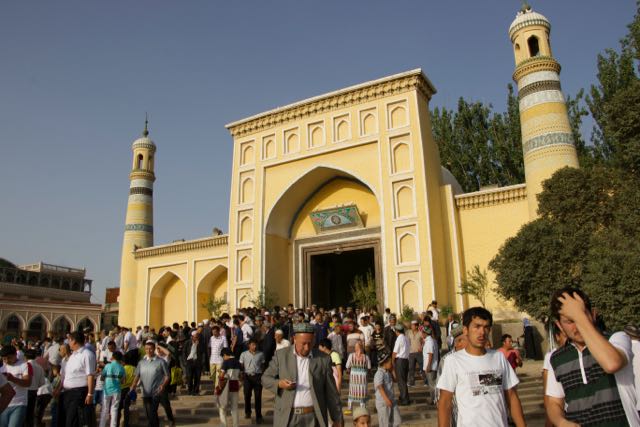
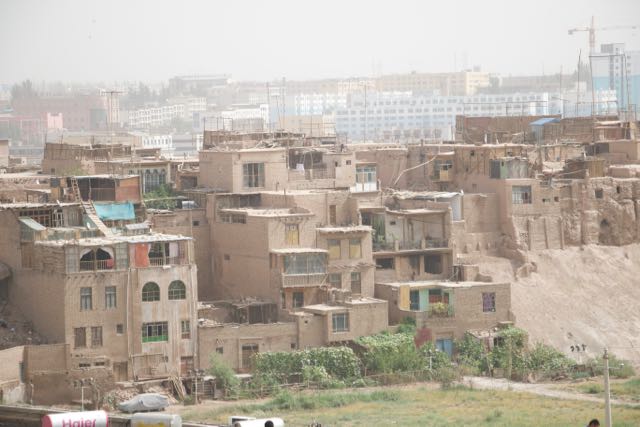
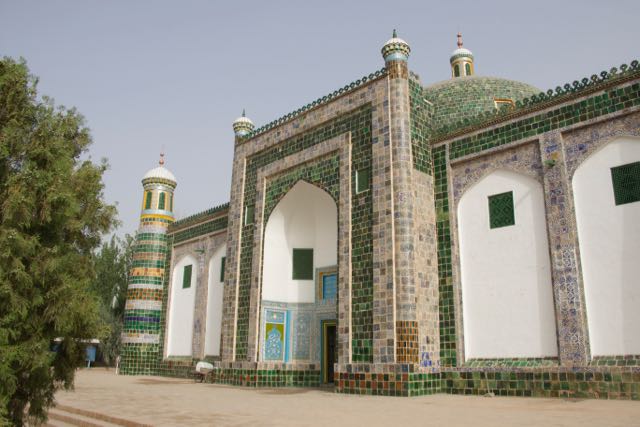
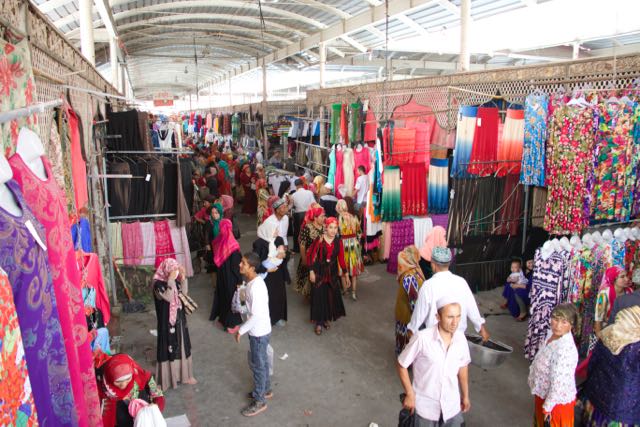
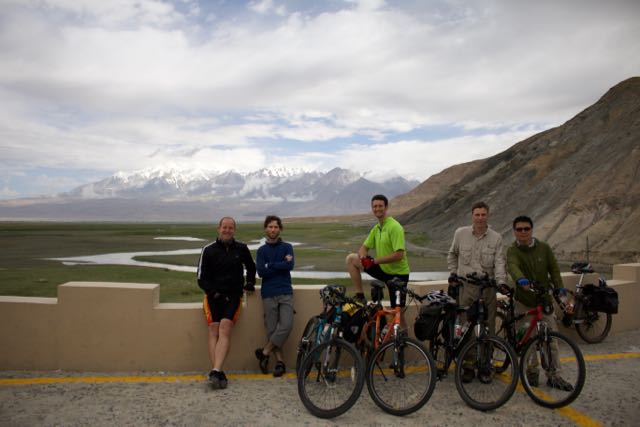
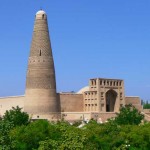
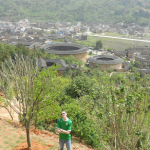
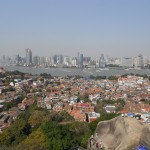

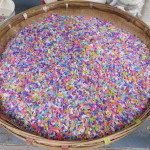
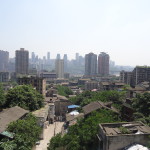








Pingback: Backpacking the Silk Road: China Through Tajikistan into Uzbekistan | Backpacking in China